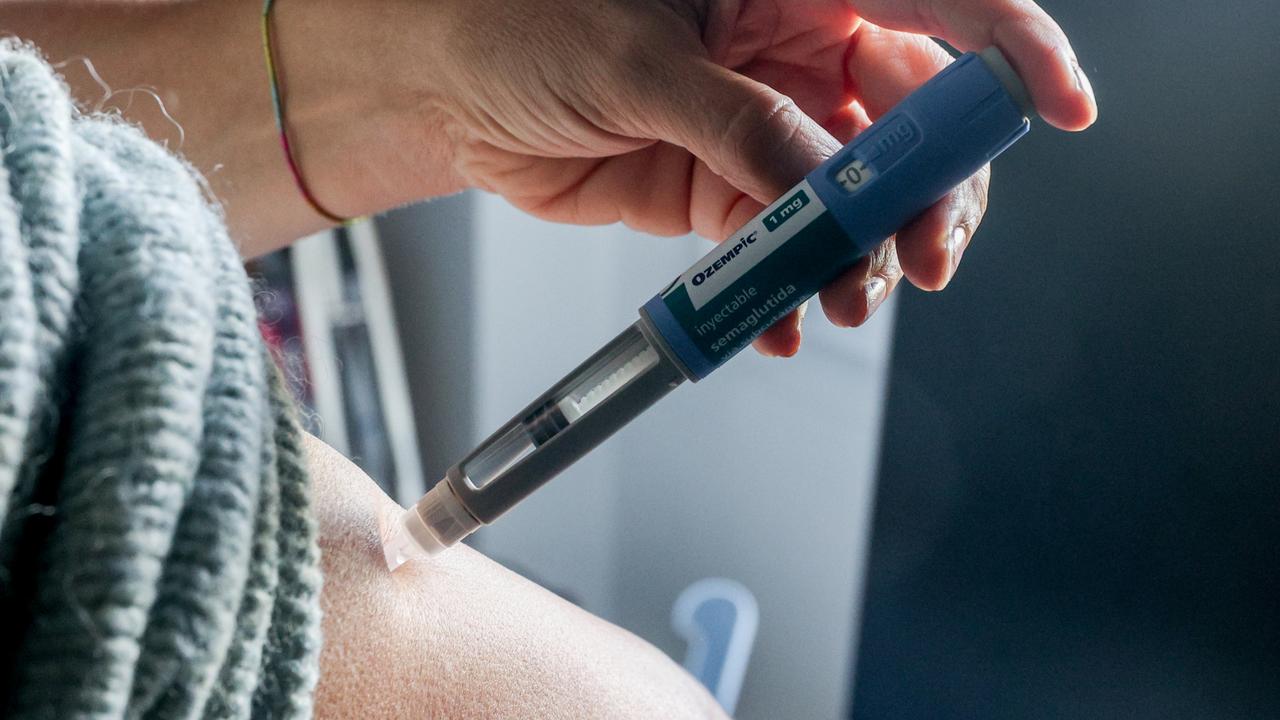Mystery balls found on Sydney beaches contain highly infectious bacteria common in water contaminated by faeces
The extremely poisonous contents contained inside unusual greasy blobs found along Sydney’s shoreline can be revealed, and they can cause a wide range of serious illnesses.
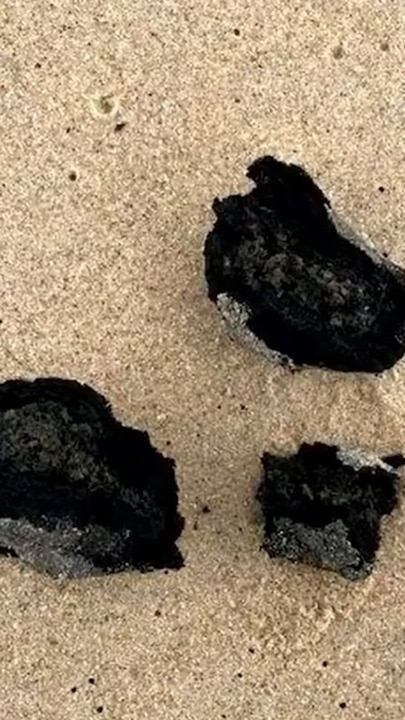
National
Don't miss out on the headlines from National. Followed categories will be added to My News.
The NSW Environmental Protection Agency failed to disclose to the public that sewage balls found on eastern suburbs beaches contained highly infectious bacteria common in water contaminated by faeces.
This is despite a senior EPA official recommending the final results should mention the “very high bacterial load” ahead of publication in an email.
Documents released to this masthead under freedom of information laws have revealed that the mysterious balls contained Enterococci, e.Coli and thermotolerant e.Coli.
The detected bacteria are linked to a range of illnesses including diarrhoea, meningitis and gastrointestinal and urinary tract infections.
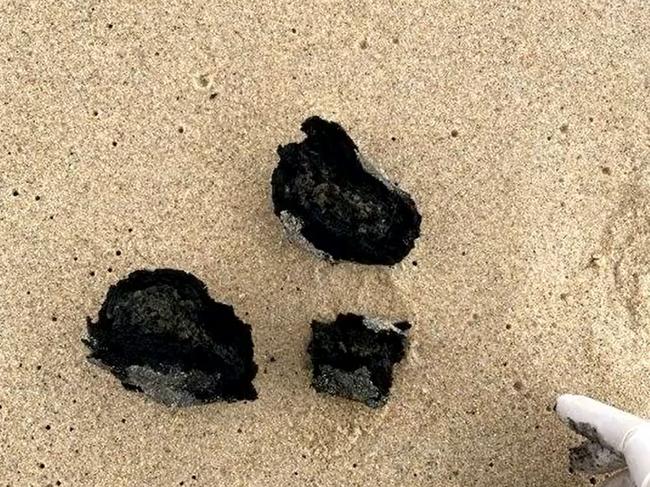
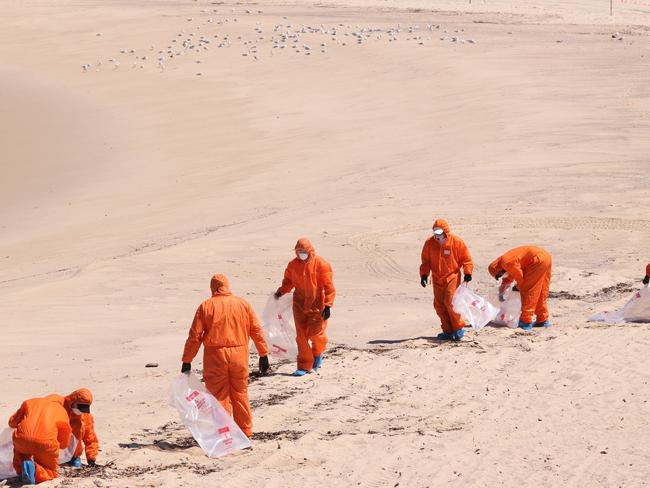
NSW Environment Minister Penny Sharpe declined to comment, despite having responsibility for the EPA, because the testing of the balls was “an operational matter”.
Coogee resident Jennifer Green said it was irresponsible of the state government to not disclose the presence of Enterococci, e.Coli and thermotolerant e.Coli.
“That’s very irresponsible not to let people know,” she said. “That’s very slack of them.”
Councils closed Coogee, Gordon’s Bay, Clovelly, Bondi, Bronte, Tamarama and Maroubra last year after the mystery balls were discovered from October 15.
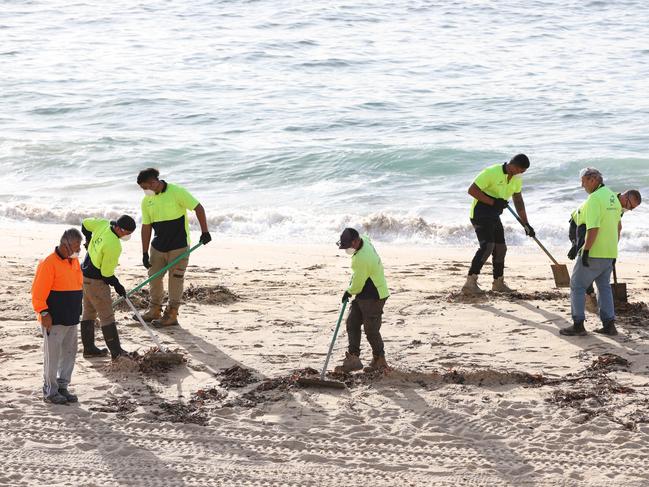
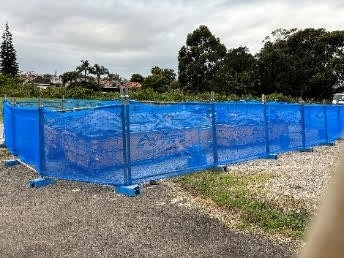
The seven beaches were deemed safe and reopened days later after a multi-agency clean up operation.
This is despite the EPA detecting the highly infectious bacteria on October 16, according to an agency log entry.
“Presumptive analysis of sewage indicators was positive for thermotolerant coliforms [EPS analysis] and E.coli and enterococci [EPA analysis],” said incident controller Jane Burgett.
“Samples have been sent for confirmatory analysis.”
A Randwick Council spokesman said the EPA did not inform the council of the presence of the highly infectious bacteria before the beaches reopened on October 19.
“Council was not aware that the unknown ball-shaped debris that washed up on Randwick City beaches between 15-18 October contained bacteria, including E. coli,” he said.
“While awaiting results of testing, Council exercised an abundance of caution, working closely with the NSW EPA to manage potential health risks by frequently inspecting our coastline, closing beaches to the public when balls were present, and safely collecting and disposing of the material.”

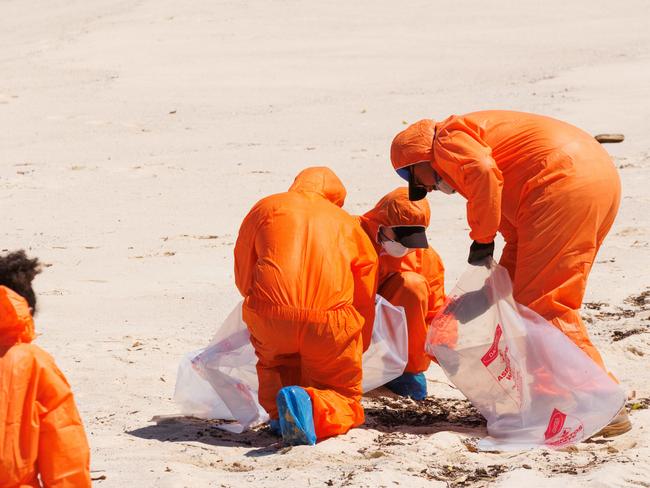
The presence of thermotolerant e.Coli is considered a clear indicator that water has been contaminated by faecal matter, which was disclosed by the EPA in testing results.
Sydney’s sewage undergoes primary treatment before it is pumped into the ocean via three deep ocean outfalls at North Head, Malabar and Bondi.
However raw sewage from households in Watsons Bay, Vaucluse, Rose Bay and Dover Heights flows directly into the ocean between Bondi Beach and South Head.
The positive results were later detailed in an email sent at 8.52am on Monday November 25, confirming targeted analysis had identified the bacteria as well as petroleum hydrocarbons, oil and grease.
Days later EPA officials workshopped a release of final test results in an email chain obtained by this masthead.
During the exchange, CEO Tony Chappel asked why the draft release did not disclose the high bacterial load found during testing.
“Should we add a line about the very high bacterial load detected in the balls too, assuming that remains the case?” he said an email sent at 3.32pm on November 29.
“At the moment the specific point on heavy oil related shipping seems to lead the reader to a shipping source but isn’t what we are really saying is that it is a mix of things including sewage from the SW system?”
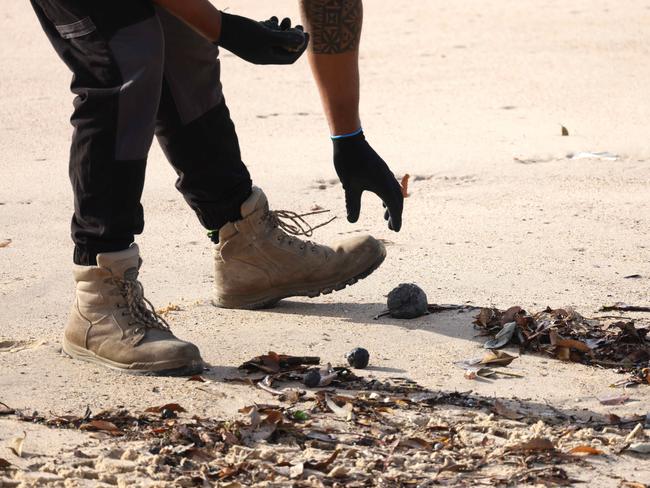
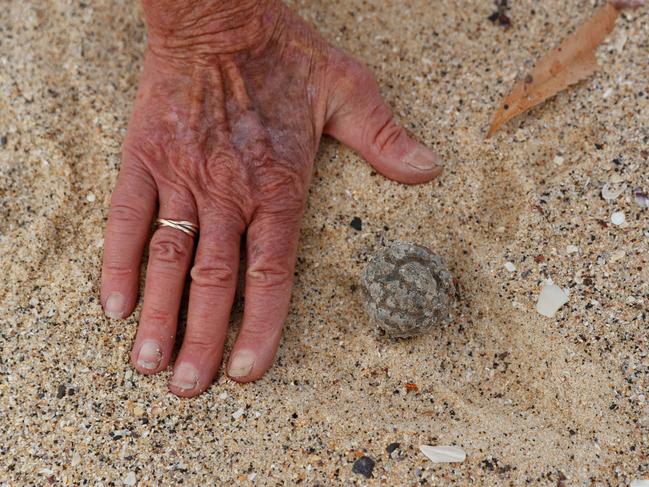
The final results were publicly released on December 2 but did not disclose the presence of Enterococci, e.Coli and thermotolerant e.Coli.
“Initial results released on 6 November found the debris balls contained mainly fatty acids, a small portion of petroleum hydrocarbons, and other materials, including human hair, various fibres and bacteria which are commonly associated with wastewater,” said the release.
Wastewater contains numerous bacteria, some of which are harmless and some that cause illness and disease.
The EPA closed the investigation into the balls on December 2 and at the time said the source of the mysterious globules was likely mixed.
Similar balls appeared on the northern beaches in January, triggering the closure of Queenscliff and seven other beaches.
Northern Beaches Council alerted the public the balls contained faecal matter and E.coli after they conducted independent testing and provided the results to the EPA.
Coogee resident Kirsty Hendey said she didn’t receive any information about the makeup of the balls but she would have appreciated being informed of the infectious bacteria.
“It’s a little bit disgusting that people were swimming in that but were not made aware of it sooner, so it would have been very good to have some communication on what exactly was in those,” she said.

An EPA spokesman said the agency had disclosed to the public the balls contained bacteria associated with wastewater despite dozens of bacteria being commonly found in wastewater.
“On 18 October we advised NSW Maritime, who were leading the response team which included Waverley and Randwick Councils, of early analysis which indicated the presence of hydrocarbons and bacteria, including E Coli and Enterococci, but final lab results were not verified at that stage,” she said.
“More comprehensive analysis was required to confirm exactly what was in the balls.
“Members of the public have been consistently advised not to touch debris balls.”
The investigation had not finished but expanded to explore a possible link to the ocean outfalls, the spokesman said.
More Coverage
Originally published as Mystery balls found on Sydney beaches contain highly infectious bacteria common in water contaminated by faeces



